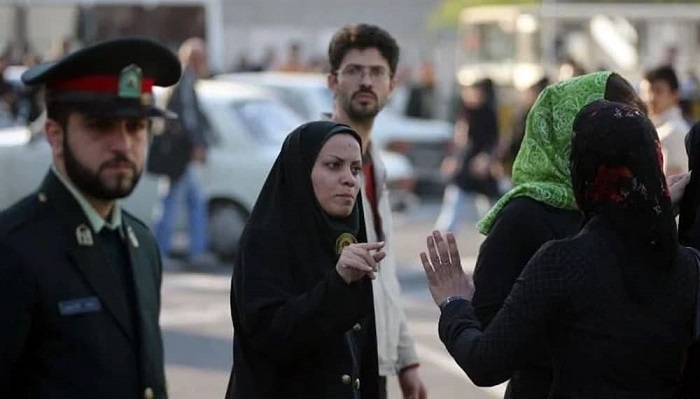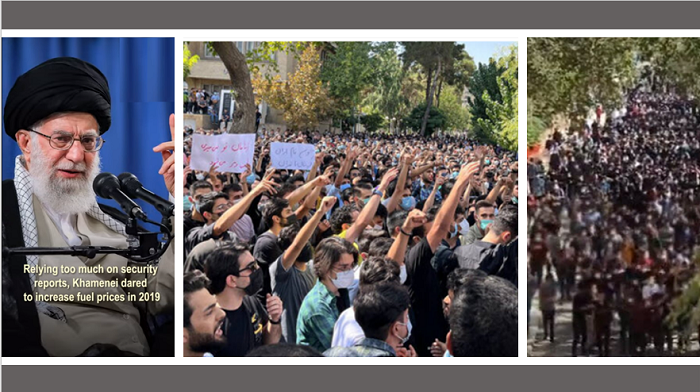
Based on data from official Iranian news agencies, out of 238 representatives, 175 voted in favor, 49 against, and 5 abstained.
This contentious bill, known officially as the “Bill for the Protection of Family through the Promotion of Chastity and Veiling Culture”, is an initiative of the authoritarian regime aiming to enforce mandatory veiling in Iran. The move is rooted in Article 85 of the Constitution, which allows the parliament to delegate legislative authority to its commissions under certain circumstances.
The bill’s drafting process hasn’t been without its complexities. Upon review, it was found that the bill had garnered “over 1600 amendments” from 59 representatives, indicating significant opposition. As such, the commission’s endorsement was seen as an expedient solution.
The #MEK has fought the regime's misogyny ever since it came to power in Iran.
In March 1979, women of the #MEK were beaten by the regime's suppressive forces for defending the rights of women who didn't wear hijab.#WomenForce4Change#OrangeTheWorldhttps://t.co/XliYsvSGz9 pic.twitter.com/VQKcI38XRz— Maryam Rajavi (@Maryam_Rajavi) November 25, 2022
The Judiciary initiated the bill’s genesis after 2022’s temporary halt of the morality police due to a nationwide uprising. After its initial drafting, the bill evolved drastically. What started as 9 articles was broadened to 70 by the parliamentary Judicial Commission, even encompassing internet-related clauses.
The political climate surrounding this bill is murky. Despite some factions aggressively pushing for its acceptance, its status remains ambiguous. Comparatively, this ambiguity mirrors past endeavors of the regime, such as attempts to hike fuel prices or curtail internet freedoms.
This recent political move is seen as a reaction to the public’s outcry after the state-sanctioned killing of Mahsa Amini over “improper veiling”. Following this tragic event, politically charged protests erupted, demanding an end to the religious dictatorship.
Women must have freedom of choice for selecting their attire. The compulsory veiling law must be abolished; and it will be abolished. Women must particularly have the right to equal participation in the society's political leadership.#IWD2019 #InternationalWomensDay#Iran pic.twitter.com/E9mo54ZYN9
— Maryam Rajavi (@Maryam_Rajavi) March 8, 2019
The protests widened the rift between Iranian citizens and their government, with the imposition of mandatory veiling at the forefront of debates. The regime, aware of the implications, recognizes the slippery slope of acceding to public demands. It fears that one concession could lead to its downfall.
To redirect the narrative, the regime has opted for media diversions and political tactics, hoping to recenter the debate on attire, thereby detracting from deeper-rooted issues.
However, the regime faces two main challenges. Firstly, the looming anniversary of the 2022 protests raises concerns over reigniting tensions. Secondly, the upcoming February parliamentary elections are crucial for Supreme Leader Ali Khamenei to assert regime legitimacy.

Given these factors, it’s evident that the regime is in a quagmire regarding the bill’s approval, at least until the dust settles post the anniversary of the protests and the parliamentary elections conclude.

MEK Iran (follow us on Twitter and Facebook), Maryam Rajavi’s on her site, Twitter & Facebook, NCRI (Twitter & Facebook), and People’s Mojahedin Organization of Iran – MEK IRAN – YouTu







